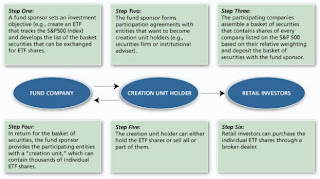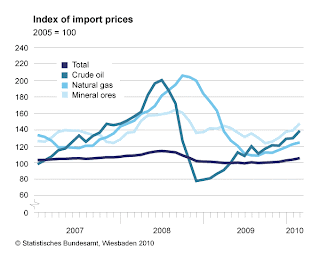
“The issue is rollover risk,” said Jonathan Tepper of Variant Perception, a research group based in London and known for its bearish views on Spain. “Spain has to issue new debt to the tune of 225 billion euros this year. Forty-five percent of their debt is held by foreigners. So they are dependent on the kindness of strangers.”
I found this excerpt interesting as I was browsing the NYTimes this morning. Is this a crisis of debt or of confidence? I prefer the latter. Without confidence in the market place refinancing or issuing new debt will come at the cost of a hefty liquidity premium. Additionally, the media continues to hype up this mess, fueled by the ratings agencies (fools) whom are also growing extremely pessimistic.
Will this crisis of confidence cause us to play another lethal game of musical chairs? I hope not. No one is safe in those type of games. I am not sure The Global Financial Markets can go another round without some type of catastrophe. And by catastrophe I mean something along the lines of the Russian Ruble crisis in August of 1998. Not,
Systemic Risk or the
Moral Hazard of bailing out large institutions. The day a sovereign nation becomes an institution that needs loans beyond reasonable measure of the IMF or an unnamed central bank is the day I dread.
Throughout the Crisis of 2008 till present times, financial gurus, experts, and publications alike claim stability and recovery based on changing and unconfirmed information. Unfortunately, there is no way to confirm a positive outcome in these type of games. Tomorrow is promised to no one. For instance, what if Spain is pummeled by a meteor tomorrow? Debt ratings will be the least of their concerns. There is no way to calculate irrational randomness.
My solution: look for information that disconfirms/challenges the common or popular information that looks for stability and normalcy, which is presented by financial experts, analysts and journalists alike. When I find this information, I most likely will not know it. Also, the disconfirming information probably hides where I would least expect to find it. Thus, I will need to maintain a disconfirming/challenging mindset and logic out the details/nuances of new/sexy/popular information. For example, the disconfirming information may be what FOMC Chairman Bernanke does not say. A
Nascent recovery is far from a
Definite recovery.
Henceforth, I will trade with agressive caution. I will look to minimize my greatest risks while also maximizing my smallest risks. Well wouldn't this be the same as swapping risk and/or increasing my unknown risks? No. By identifying the greatest risks with disconfirming information, the least risky opportunities should become readily identifiable. For instance, If I want to vacation in either Los Angeles or New York this weekend I would probably think about witch one would provide greater returns of fun. However, if I knew that there was a 30% chance of an Earthquake in LA, but in NY 90% chance of cold rainy weather, I would go to New York and maximize my fun returns or stay home and host a cocktail party with friends. Therefore, the least risky opportunity presented itself once I ascertained my greatest risk (vacationing in L.A.).
I hope I did not confuse anyone with my logic here. Recently the writings of Nassim Nicholas Taleb have influenced me to start thinking or become confused, depending on your own interpretation of my thoughts.
As I start finding disconfirming information I will present it. Maybe then my ideas/reasoning will become transparent. Until then, enjoy the uncertainty and opportunities to
make a killing.
Patrick M. Ambrus
Managing Partner
Analyze Capital LLC
Google Buzz: Analyze Capital























